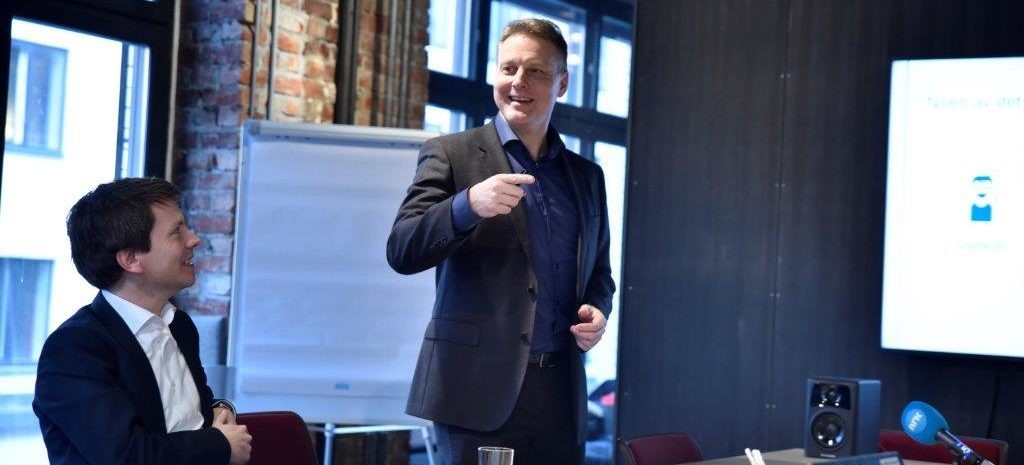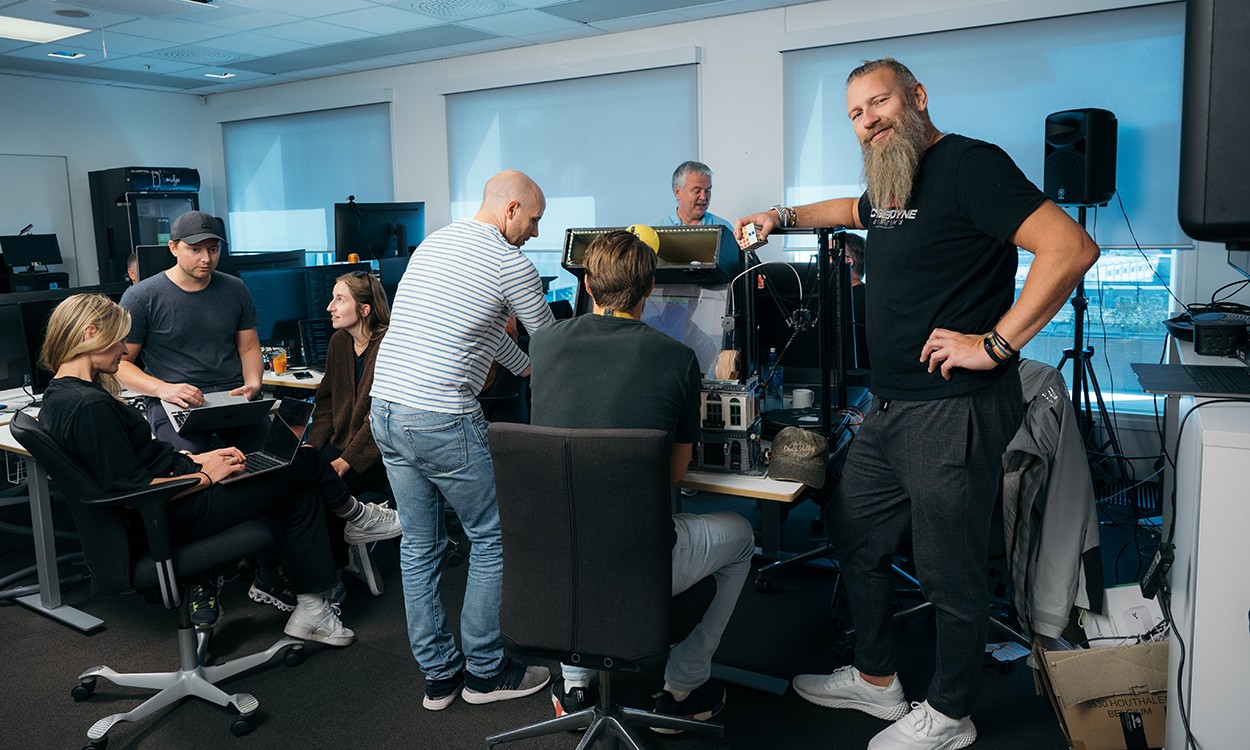New technology should enable blind people to run freely and safely without a companion. Google is now testing this new technology in collaboration with Salum Ageze Kashafali and the Norwegian Association of the Blind.
In recent years, Google has explored how artificial intelligence could enable the blind and visually impaired to walk independently using just a smartphone. Through so-called “Project Guidelines”, the technology has so far been tested in the US and Japan. It is now also being tested in Norway.
The Norwegian Federation of the Blind and the world’s fastest Paralympic athlete, Salum Ageze Kashafali, was the first to test this technology. Kashafali currently has only two percent vision and a world record in the 100 meter dash for athletes.
Great trust in technology
The test runner was equipped with a belly belt with an Android phone and headphones. The app uses machine learning and smartphone cameras to pinpoint where the person is in relation to clearly marked guide lines on the ground. Sound signals guide the runner during the race, and signal whether the line is to the left, right, or center of the runner, and report any obstacles in the way.
The head of Google in Norway, Tine Austvoll Jensen, was impressed to see the world champion and member of the Association of the Blind in action.
– Running freely is something that many people take for granted, but not everyone is lucky. For Google, it’s important to develop solutions that work for everyone, regardless of background, which is why we work with initiatives like Project Guideline. Now we will test it in Norway, and this will bring us closer to the goal of offering technology that provides more freedom and independence for blind and visually impaired people, said Tine Austvoll Jensen in a company press release.
This technology is still in its early stages and is being tested, but we are very confident about it in the long term.
Tine Austvoll Jensen, Google
Austvoll Jensen emphasized that this is still a pilot project.
– This technology is still in its early stages and is being tested, but we are very confident about it in the long term. By conducting such testing, we gather useful feedback that helps us in our work creating safe and useful technology that can navigate blind and visually impaired people. At the same time, it is important to promote universal trail design and common jogging routes, and Google is happy to contribute expertise in new, modern trail designs that can be adapted to digital solutions like Project Guideline, he said.
Great potential for the blind and nearsighted
Salum Kashafali has a positive opinion about how technology can contribute to the enjoyment of running and freedom for the visually impaired.
– Running fills a large part of my life, and I’d love if more people could experience its incredible freedom. Technological advances like this provide great opportunities for people with visual disabilities. This shows that obstacles can be overcome, and that we all have the potential to achieve our goals, whatever the challenges we face, Kashafali said.
In Norway, there are believed to be more than 320,000 people who are visually impaired, and around 9,300 of them are blind, according to data from the Norwegian Federation of the Blind. Currently, they mostly depended on companions to be able to run.
– We continuously strive to ensure that people with visual impairments can lead active and independent lives. Tools like these have the potential to provide the blind and visually impaired with greater freedom of movement as well as easier daily life. It is therefore very interesting to contribute to this pilot phase, said Per Inge Bjerknes, secretary general of the Norwegian Federation of the Blind, in his message.

“Music maven. Evil pop culture lover. Unapologetic creator. Friend of animals everywhere.”






